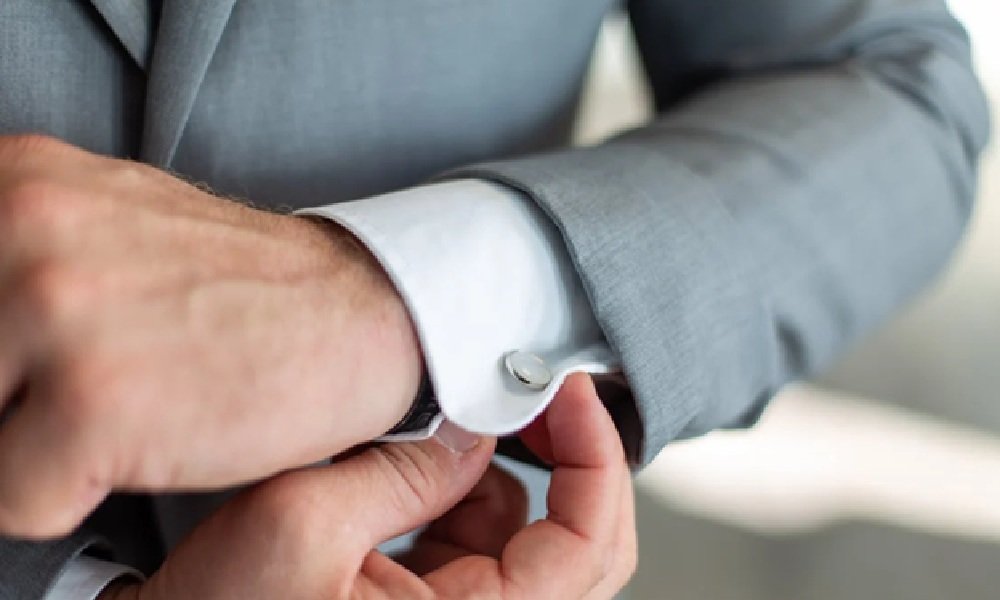First impressions are lifetime impressions. Be it any conference, some high-brown gathering of people, or anything, even a launch- the kudos you get depends a lot upon the costume you put on that particular day. It takes just seven seconds for someone to come up with a verdict on you, and most of the time, the attire influences this perception.
For companies hosting events, ensuring attendees dress appropriately is not just about style. It is about professionalism and brand image. This is where a well-thought-out dress code policy comes into play.
This guide is all about what a dress code policy encompasses, why it is important for a business event, and how to make one that will fit the purpose and audience.
What Is a Business Event Dress Code Policy?
Business dress code policy, in its simple meaning, is a way of stating what should be worn on what occasion. In principle, it places everyone on the same page as far as acceptable dress standards are concerned and helps in promoting professionalism in attendance while at the same time align them with the intent of the occasion.
Why Is It Important?
- Professionalism: It instils decorum and decency.
- Confidence Boost: The guest will be sure and more confident knowing their clothes are right for the occasion.
- Does Not Create Mix-up: There will be no confusion or upsets; everyone will be on the same platform.
Types of Business Events that Need a Dress Code
- Conferences: This should be done to guarantee professionalism and possibly networking.
- Product Launch: The dress code should be according to the branding image so that one can maintain unity in appearance.
- Networking: This has to be done at a casual but professional level.
Types of Dress Codes Used at Business Functions
1. Formal/Black Tie : Tuxedos, evening gowns, and proper accessories
Best for: High-profile gala dinners or any other award ceremony.
2. Business Professional: Ties, fitted dresses, and polished shoes.
Best for: Corporate conferences or board meetings.
3. Business Casual: Collared shirts, blazers, skirts, and chinos.
Best for: Seminars, informal networking events, or training sessions.
4. Smart Casual: Fashionably elegant yet professional, say a jacket with jeans or smart dresses
Best for: Casual business events or those in the creative industries
5. Theme-Based/ Custom Codes: Colour-themed attire, cultural dress, and event-themed costumes.
Best for: Holiday parties, Charity events, and Product-themed launches
How to Create a Business Event Dress Code Policy?
Step 1: Define the Event Purpose and Tone
Is this a formal awards event, or is this a casual networking lunch? The type of event will dictate how the guests should dress themselves.
Step 2: Do Your Research on Acceptable Dress Codes
Look at the norms of your industry and what has been the accepted dress code for events of this nature.
Step 3: Write Down Specific Clear Rules
Example: Men will have to wear dark-coloured suits with ties, while women will have a range from cocktail dresses down to pantsuits.
Step 4: Leave Room for Expression
Just leave a little room for expression for some creativity within the circle of professionalism.
Step 5: Spread the Word
Right from invitations to the event to follow-up emails, including FAQs.
Step 6: Reminding and Making Certain
These reminders should come with answering questions to ensure adherence to the rules.
How to Make It Work?
- Visual Examples: Attach pictures or illustrations of what shall be acceptable and allowed in your communication.
- Avail a contact number or email address where your guests can call or write and make inquiries about issues on dress code.
- Explain how dressing properly would further open more avenues to keep networking going and see that the dignity of the occasion is upheld.
A well-thought-out dress code policy will make quite some difference to an event, introducing professionalism and cohesion to the attendees or generally providing a great experience. Taking into consideration your audience and working with brand objectives, communication will be the ingredients for a polished and remembered event.
Then, take the next business gathering to the next level by instituting a dress code policy relevant to your gathering. The results will amaze you!







